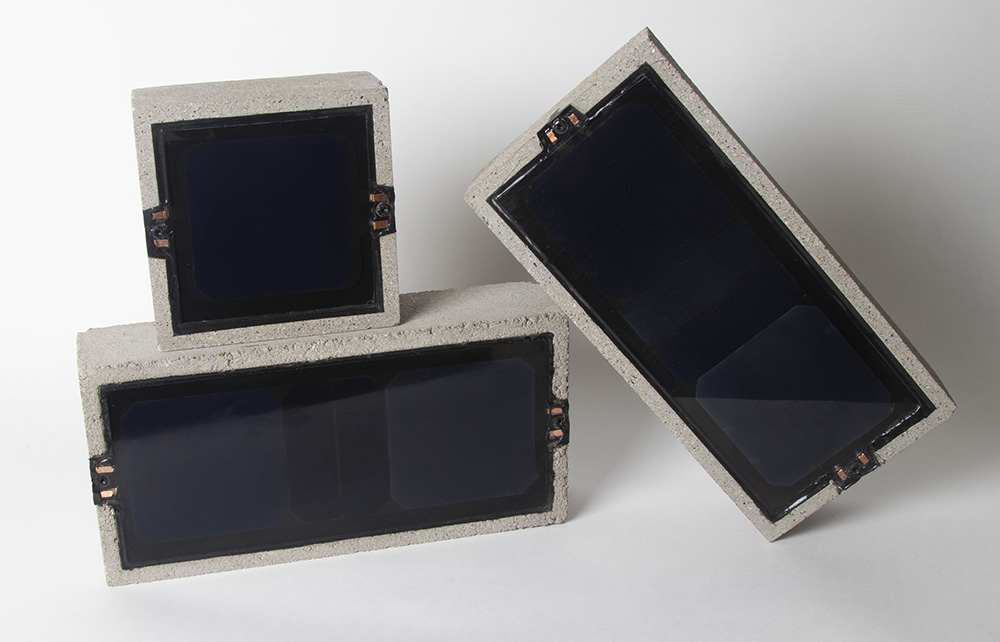News:
Green Buildings
Posted: January 20, 2010
BIM integration advances efficiency and sustainability
Over the past 20 years, the design and fabrication of consumer products have benefited greatly from advancements in information technology. The ability to produce complex digital models has made products more efficient and less costly to produce, while allowing for increased control of aesthetics. The use of information modeling is now gaining considerable momentum within the construction industry.
Many architects, engineers, and contractors are using Building Information Modeling (BIM) to create comprehensive digital models and to share pertinent information prior to allocating material resources. This integrated design/build process increases efficiency and productivity, minimizes the potential of rework, and reduces time and money allocated to the overall process.
BIM models incorporate an integrated database of project information and associated reference materials, avoiding potential change orders or time delays. This facilitates accurate project scheduling and pricing, while assisting in the computation of recycled material quantities and LEED documentation.
Buildings account for 60% of raw materials used in the US - therefore the selection of proper building materials is a vital part of sustainable design. In integrated and sustainable building practices, material selection occurs at earlier stages in a project. Unfortunately, building product manufacturers have been slow in adopting the practice of providing information in BIM format. Manufacturers need to supply decision makers with BIM objects that contain necessary product information such as quantity of recycled, reused, and/or locally sourced content along with other specifications like dimensions, pricing, warranty, production and delivery requirements. When this quantification of information is at hand, LEED documentation is simplified.
BIM models of "off-the-shelf" products are easy to develop, but custom product models are more difficult for manufacturers to supply to designers. Innovative companies like Artaic are developing information software that creates accurate models of custom products, complete with scheduling, pricing, and specifications. This custom software works in many ways like the BIM software used by construction teams. Artaic's software will collect information, such as recycled content from each individual tile used in a custom mosaic project to calculate the details necessary for the BIM design. As more manufacturers recognize the benefits of information integration, the industry will see advancements in building efficiency, cost-savings, and sustainability.
Paul Reiss is co-founder and creative director for Artaic Innovative Mosaic, Boston, www.artaic.com
Tags:
Green Buildings
MORE FROM Green Buildings
Bridgeport implements energy efficiency plan with utility partners and regional business council
Bridgeport, CT The flurry of economic development and urban revitalization across the city has cultivated a renewed interest in updating municipal, residential and commercial properties to be more efficient and sustainable. Since 2018, city officials have partnered

Quick Hits







.png)